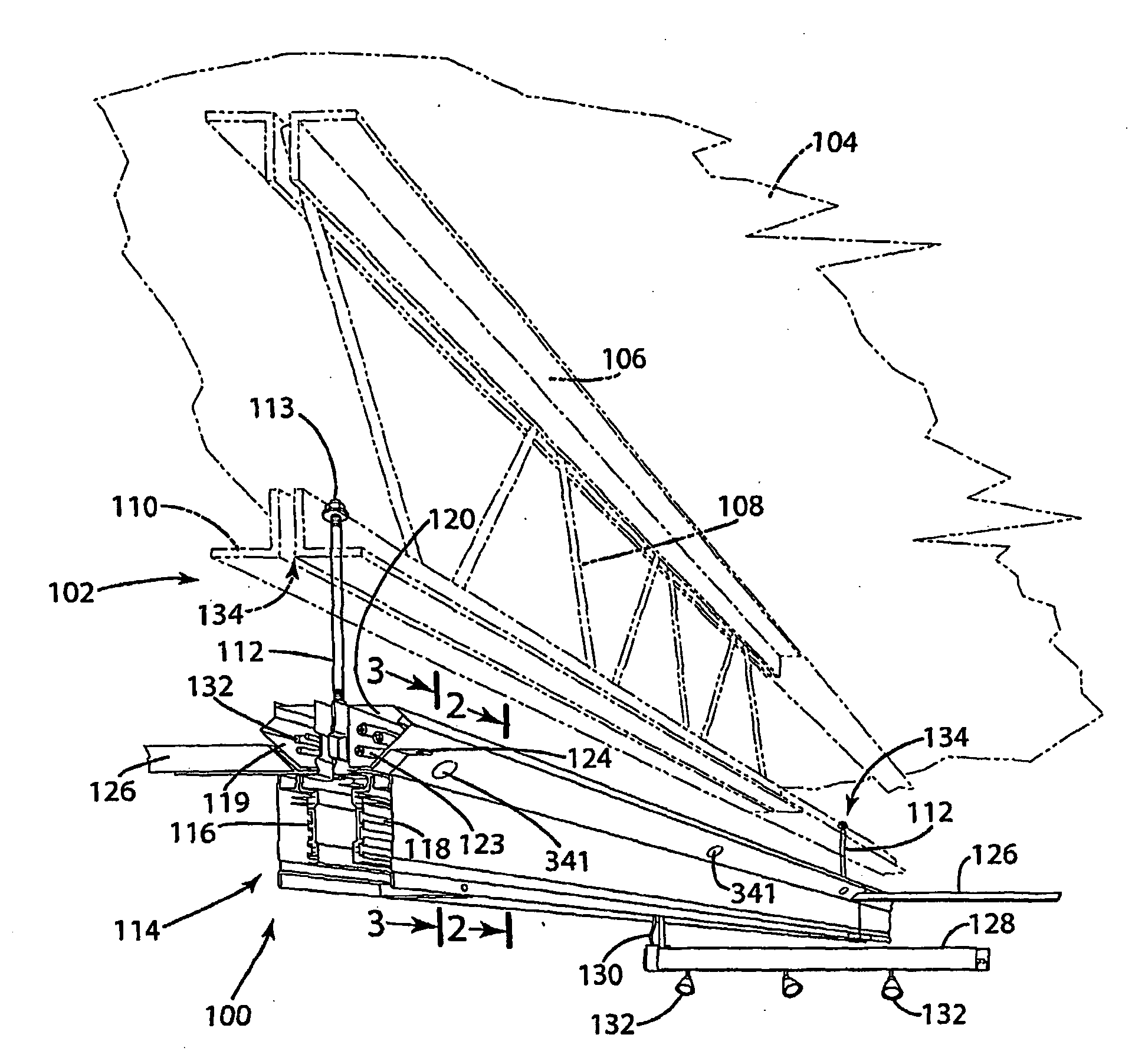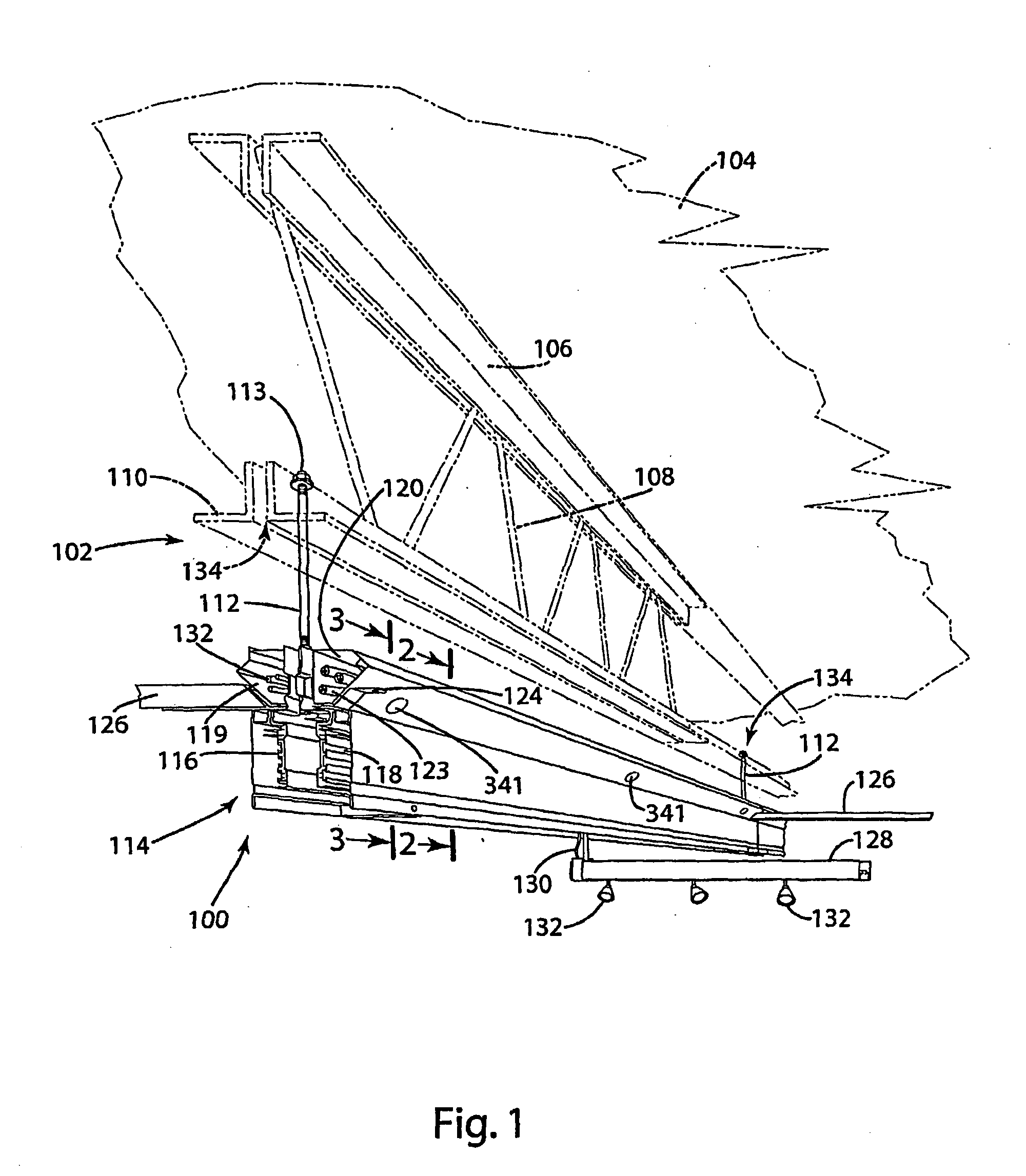Given the use of stationary walls and
heavy equipment, any reconfiguration of a commercial interior was a time-consuming and costly undertaking.
These factors have added considerably to the complexity of planning and managing commercial interiors.
The confluence of these conditions has resulted in commercial interiors being inflexible and difficult and costly to change.
However, when these structures, which can be characterized as somewhat “permanent” in most buildings (as described in previous paragraphs herein), are designed, the actual occupants may not move into the building for several months or even years.
Needless to say, in situations where the building will not be commissioned for a substantial period of time after the
design phase, the infrastructure of the building may not be appropriately laid out for the actual occupants.
However, as previously described herein, most commercial interiors permit little reconfiguration after completion of the initial design.
Reconfiguring a structure for the needs of a particular tenant can be extremely expensive and time consurning.
However, many organizations today experience relatively rapid changes in growth, both positively and negatively.
When these changes occur, again it may be difficult to appropriately modify the commercial interior so as to permit the occupant to expand beyond its original commercial interior or, alternatively, be reduced in size such that unused space can then be occupied by another tenant.
Other problems also exist with respect to the
layout and organization of today's commercial interiors.
To modify these control relationships in most commercial interiors requires significant efforts.
Current systems do not provide for any relatively easy “reconfiguration,” either with respect to electrical or “logical” relationships (e.g. the control of a particular
bank of lights by a particular set of switches) or mechanical structure.
This often results in difficulty with respect to providing power and communications distribution throughout locations within a commercial interior.
It may therefore be difficult to establish a “mechanically efficient”
system for carrying electrical power, and yet still meet appropriate codes and regulations.
Regulations and standards directed to these and similar issues have made it substantially difficult to develop efficient power and communications distribution systems.
Other difficulties also exist.
With respect to other issues associated with providing a
distributed power structure, the carrying of
high voltage lines are subject to a number of relatively restrictive codes and regulations.
Still further, to provide for a
distributed power and communication system for reconfigurable applications, physically realizable limitations exist with respect to system size.
For example, and particularly with respect to DC communication signals, limitations exist on the transmission length of such signals, regarding attenuation, S / N ratio, etc.
Such limitations may correspondingly limit the physical size of the structure carrying power and communications signals.
Other difficulties may also arise with respect to overhead systems for distributing power.
An
inverted T-runner is engaged with the spline, in a manner so that when the ceiling system is exposed to heat, the
inverted T-runner continues to hold the ceiling panels even, although the spline loses
structural integrity and may disengage from the trim.
 Login to view more
Login to view more  Login to view more
Login to view more 


